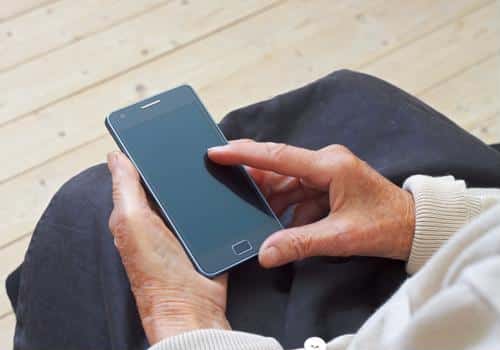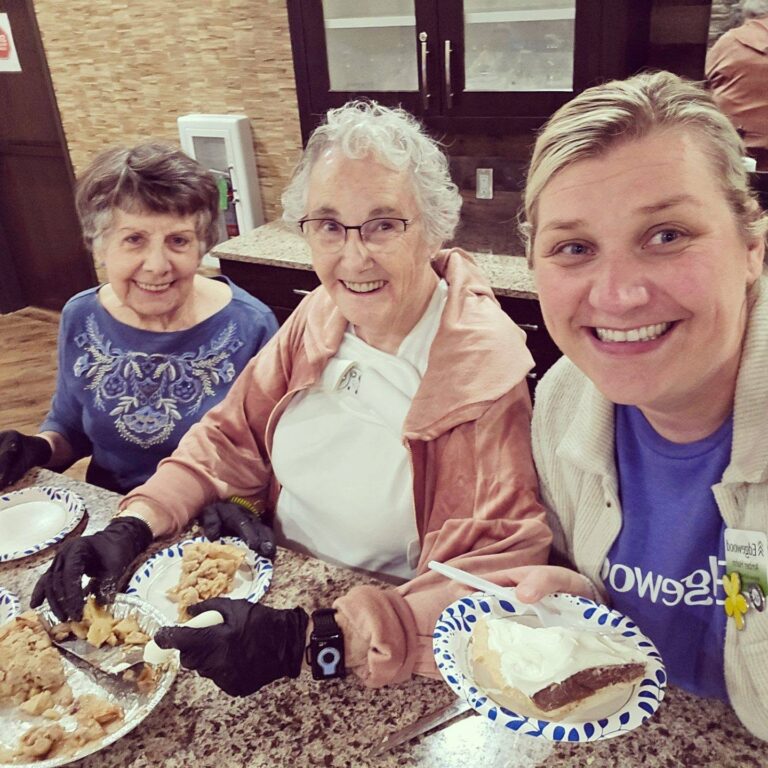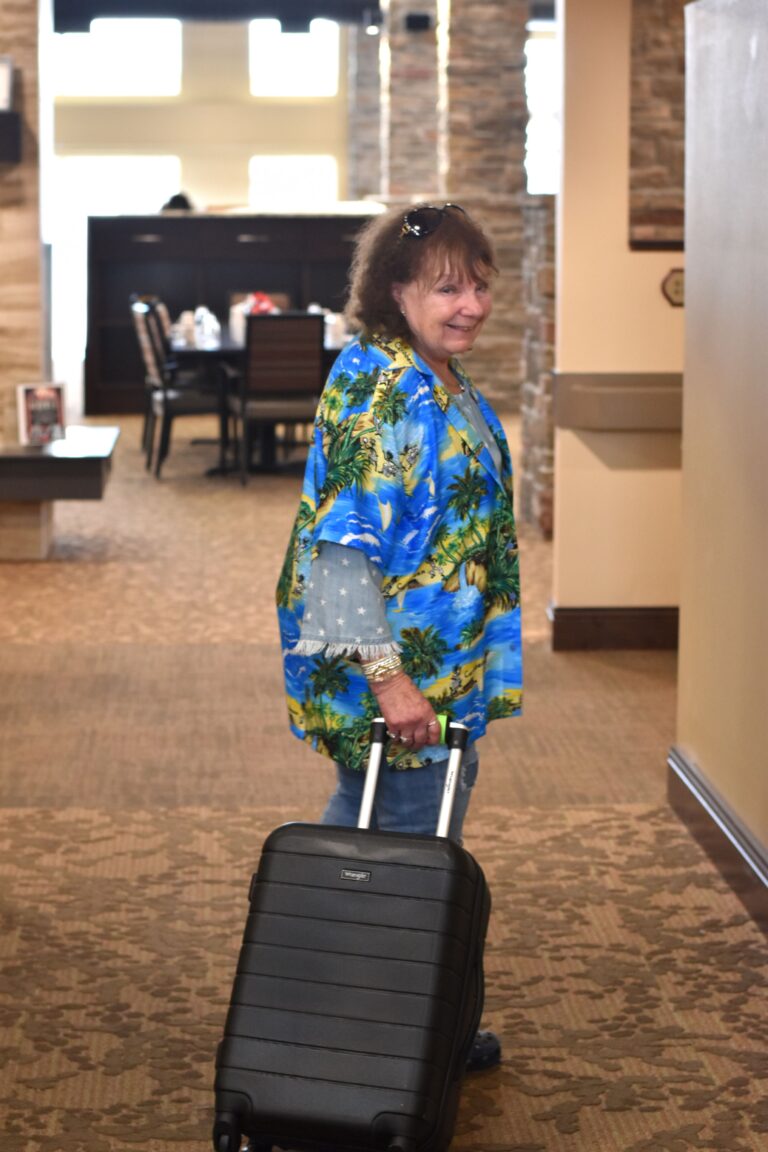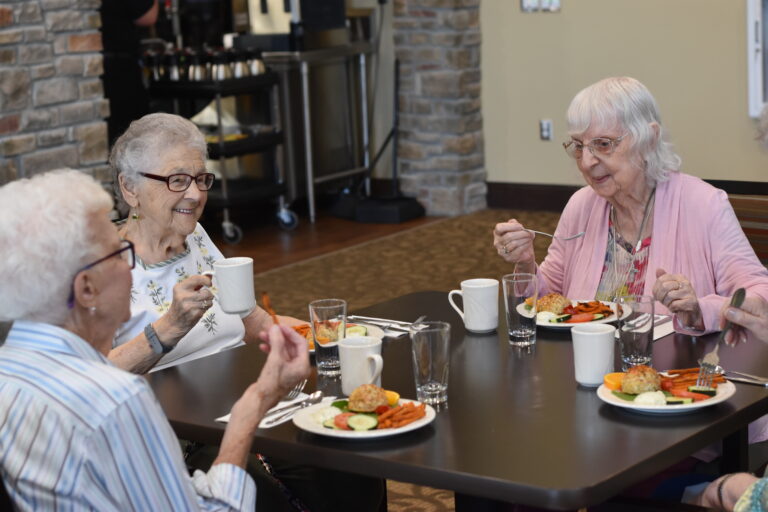
Smartphones have a lot to offer these days, and they can cater to all skill levels. Read on to learn how these devices can assist seniors of all tech proficiencies.
Voice Command Capabilities
Texting can be difficult for arthritic fingers. Many older men have lsignificantand sometimes callused hands, making it difficult to use a touch screen. This is where talk-to-text and voice commands come in handy. Seniors can use Siri or similar digital personalities to pose requests like, “Hey Siri, remind me to get the mail at 5.” They can also dictate full-text message responses and have the phone read their texts aloud. Some smartphones will even translate a voicemail into text so the senior can read the message instead of listening.
Find Senior Living Near Me
A Larger Screen
Smaller qwerty and flip phones have tiny keys representing several letters, making phone usage harder for older individuals. Smartphones tend to have a much larger screen, which makes viewing more accessible for senior eyes. Plus, users can easily adjust the text to a larger font and use their fingers to zoom in on websites and photos.
“Smartphones can store emergency information.”
Access Emergency Information
Today’s smartphones often feature locks that require a fingerprint or code to enter the phone. However, they also have an emergency mode that anyone can reach, where someone can store pertinent medical and personal information. If someone were to have a fall while running errands and be unresponsive, a good Samaritan or an emergency medical professional could quickly learn the person’s name and any allergies or conditions that they may have.
Easy Communication
Calling a loved one is as simple as selecting their photo with a smartphone. Seniors whose assisted living communities are nowhere near their family can quickly video call their kids to meet the latest grandchildren and get family updates. Group text messages also provide a quick way to connect about upcoming dinners and check in on one another.
Managing Medications
Many apps are available to help seniors maintain their independence by providing medical alert reminders. Some will make the phone vibrate or beep to let the senior know it’s time to take a medication. Others allow the user to communicate with their doctor to schedule appointments or ask questions about prescriptions.
Fitness Tracking
Seniors can also use their smartphones as wellness trackers. Most of these devices have features that allow them to note the user’s daily steps and how many flights of stairs they’ve climbed. Some will also sync up with a wearable fitness tracker to go more in-depth and study heart rates, sleep patterns, and caloric intake and output. These are fun ways to get competitive about health and know how a person’s patterns change daily.




